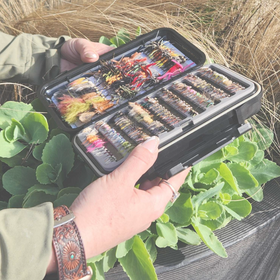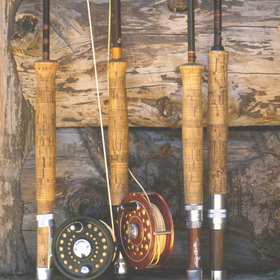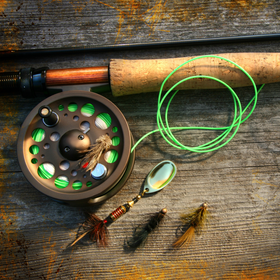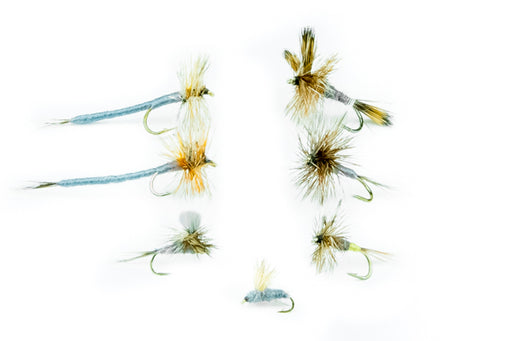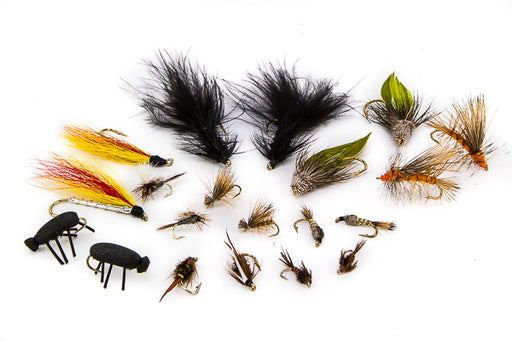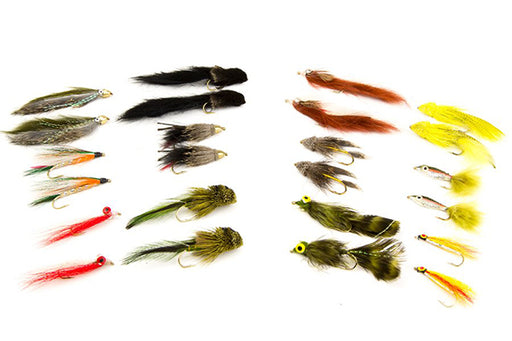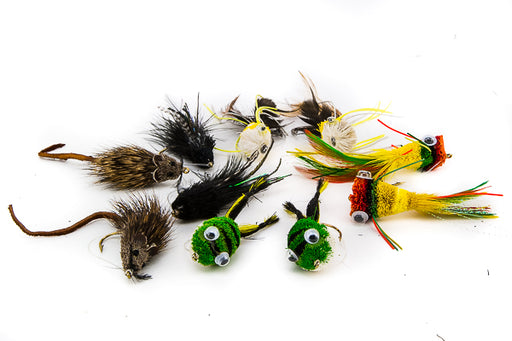
Multi-Fly Rigs for Stillwater Fly Fishing
The Multi-Fly Rig for Stillwater Fly Fishing
Lake fly fishing, or stillwater fly fishing, can be challenging for those accustomed to river fishing. Without the varying currents, it might seem slow and uninteresting, but lake fly fishing can enhance your enjoyment by adding new dimensions to your fly fishing passion.
Benefits of a Multi-Fly Setup
Using a two or three fly setup can increase your success and improve your fishing skills. One key skill to develop is casting an ultra-long leader. For beginners, this will require some practice. You can practice at home or in a nearby park to refine your movements before hitting the water. This takes some extra patience on the forward and backcast. The window for errors in your timing is much smaller with a longer leader, but the precision and productivity will quickly make up for any inconvenience.
One advantage of lake fishing is that you can usually find a spot where back casting is unobstructed. For a three fly setup, a 20-foot leader is optimal, but starting with a 12-foot leader and gradually increasing the length as your skill improves will help reduce frustration.
Rigging the Three Fly Setup
When you’re ready to try nymphing with a three fly setup, follow these steps (fluorocarbon is often preferred in lakes):
- Start with a standard, tapered 9' leader. Many stillwater anglers prefer fluorocarbon as it refracts less light, which makes it less visible to the fish.
- Add another 5-foot section to the end of that leader using a blood knot.
- From one of the blood knot tags, tie a fly 4-8 inches away from the leader. Longer tags can cause tangling, while shorter tags result in less realistic movement.
- Repeat this process 5 feet lower, and then add a third fly at the end of that section. This positions your flies at 20 feet, 15 feet, and 10 feet from the end of your fly line. The point fly (at the end) should be the heaviest, with the flies getting lighter as you go up.
Casting Tips
To cast the extra-long leader, lift it off the water with a bit more force than you are used to. Apply a slight jerk to get the last fly off the water with enough momentum to carry it back. On the backcast, ensure everything straightens out before bringing it forward.
Use a floating line and apply Gink or Mucilin to the first 5 feet to keep it on top of the water, preventing it from spooking the fish. This also acts as a strike indicator, as strikes in lakes can be subtle.
Stripping and Retrieving
Always keep your stripping hand in contact with the taut line to avoid missing strikes. Master a figure 8 retrieve or hand twist retrieve, starting slow and varying speeds until you find what works. Keep your rod tip down, parallel to the water, and set the hook on any twitch by flicking the rod to the side. While many twitches may be false alarms, this constant attention ensures you don’t miss a strike. Maintain stillness during stripping, as moving your rod tip can cause you to miss strikes.
Call to Action: Ready to elevate your lake fly fishing game? Try out the three fly rig and experience the thrill of stillwater fishing. Practice your casting, refine your setup, and enjoy the unique challenges and rewards of lake fly fishing. Happy fishing


